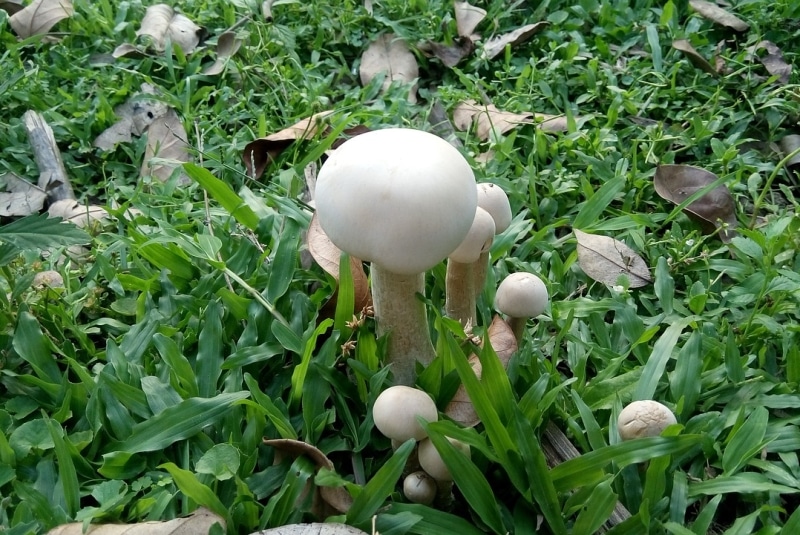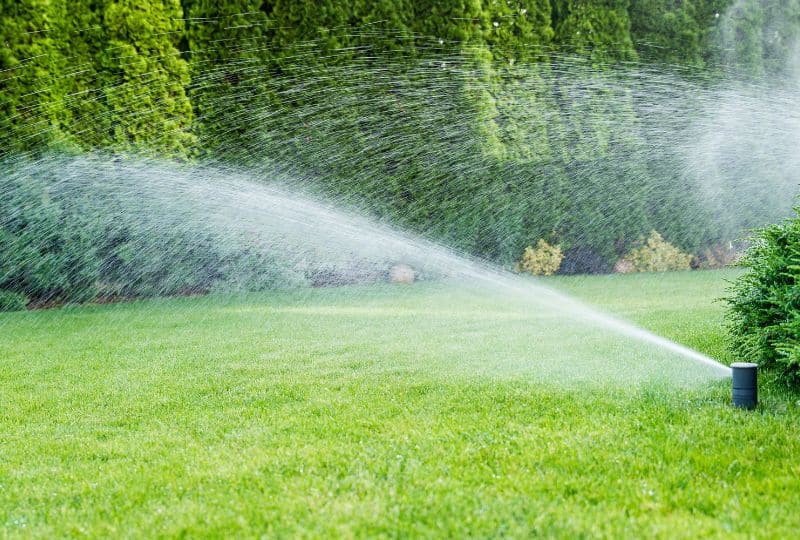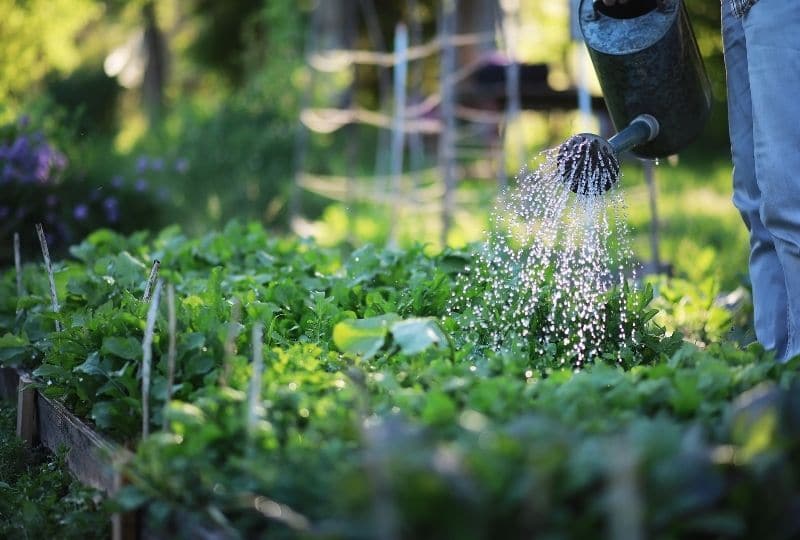
Image Source: Unsplash.com
Dirt is not just dirt. There are many different types of soil, different acidities and alkalines, and creatures that live in soil that will affect how your plants grow and thrive. Some plants love a moist peat bog that is filled with decaying organic material, while others prefer a well-draining sandy mixture.
The first step to making your garden successful is to identify what type of soil you have and learn what plants will thrive in it. Or, with a few simple adjustments, you may be able to make your soil suitable for the specific plants you want to grow.
6 Types of Soil
There are six main types of garden’s soil, and each one is better suited for growing certain types of plants as they all have unique characteristics.
- Clay
- Sand
- Silt
- Peat
- Chalky
- Loam
1) Chalky
Chalky soil is stony, large-grained, drains well, and is alkaline. Alkaline soil can lead to stunted growth and yellowish leaves. Balancing the pH of the soil using fertilizers can help resolve this issue and add water retention. Some plants that do well in chalky soils include:
- Beets
- Cabbage
- Corn
- Lilac
- Madonna lilies
- Spinach
- Weigela
2) Clay
Clay soil does not have the look or feel of that farmland black dirt that crumbles in between your hands, but don’t let that get you down. Clay soil can be rich in nutrients, though it has poor drainage and aeration. Clay is heavy and hard to work with and can feel rock hard when it is dried out.
Many people use bark, sawdust, manure, leaf mold, compost, and peat moss to amend and improve their clay soil. This can be done by layering two to three inches of new material on top and then tilling it into the clay soil. Plants that can do well in clay soil include:
- Aster
- Butterfly bush
- Fruit trees
- Helen’s flower
- Hosta
- Iris
- Ornamental grasses
- Ornamental trees
- Shrubs
3) Loam
Loamy soil is a mixture of sand, silt, and clay and is a great soil type for lawns, shrubs, and general gardening. It holds moisture, drains well, is full of nutrients, and is easily cultivated. Vegetables and fruits do well in loam, so think of it as the ideal soil for farming. Just like on farms, crops need to be rotated and fertilizers introduced to keep up the integrity of the soil.

Image Source: Unsplash.com
4) Peat
Peaty soil is often dark, spongey, damp, poor in drainage, and acidic. Adding compost and lime can help reduce the acidity of the soil, making it better suited for certain plant growth. However, some plants love peaty soil and its natural acidity. These include:
- Azaleas
- Blueberries
- Camellias
- Ferns
- Heathers
- Pieris
- Rhododendrons
- Tomatoes
5) Sandy Soil
While sandy soil is gritty, dries out fast, and is lacking in nutrients, it is easy to work using your garden tools and drains well. By amending your sandy soil with organic compost, you can add the needed nutrients that many plants require. Mulching the top can also help the soil hold moisture. Some commercially grown plants that like sandy soil include:
- Aloe
- Carrots
- Collard greens
- Corn
- Hibiscus
- Lettuce
- Peppers
- Squash
- Strawberries
- Sun roses
- Tomatoes
- Tulips
6) Silt
Silty soil is soft, rich in nutrients, and holds moisture. Though drainage can be poor, adding organic compost will help improve this problem. Once drainage is managed, many vegetables and fruits will thrive in this type of soil. Here are some other types of plants that love silty soil, too:
- Grasses
- Shrubs
- Mahonia
- Moisture-loving trees like willow, birch, dogwood and cypress
- New Zealand flax
Acidity vs. Alkaline
As we have mentioned, the pH balance of garden’s soil can make it acidic or alkaline, which will be acceptable for some plants and not for others. To be sure of your soil’s pH, you can purchase a test kit that will give you definitive results. Or, a general rule of thumb can be helpful. If you have soft water, you are likely to have acidic soil. If you have hard water, you are likely to have alkaline soil.

Image Source: Unsplash.com
Critters that Improve Soil
There are potentially billions of beneficial organisms living in your garden’s soil right now. Many of these are microscopic, but some are easy for us to see. You may cringe at the thought of earthworms, but they are essential to creating healthy soil. Earthworms, along with pillbugs and arthropods like ants, mites, and springtails, shred and help decompose organic material that becomes nutrient-dense soil. It’s always a good sign to see these bugs in your garden.
Once you determine your type of garden’s soil, you can either make improvements with amendments or research different types of plants that will already thrive in it. Pay attention to the amount of sun that each plant species needs and you can make a garden that looks good all season with less effort.
You may also want to research local plants that are known to grow well in your area for an easy head start. When you’re done with your garden plans, you can move on to designing an interior space that reflects the beauty of the outside areas!




Leave a Reply